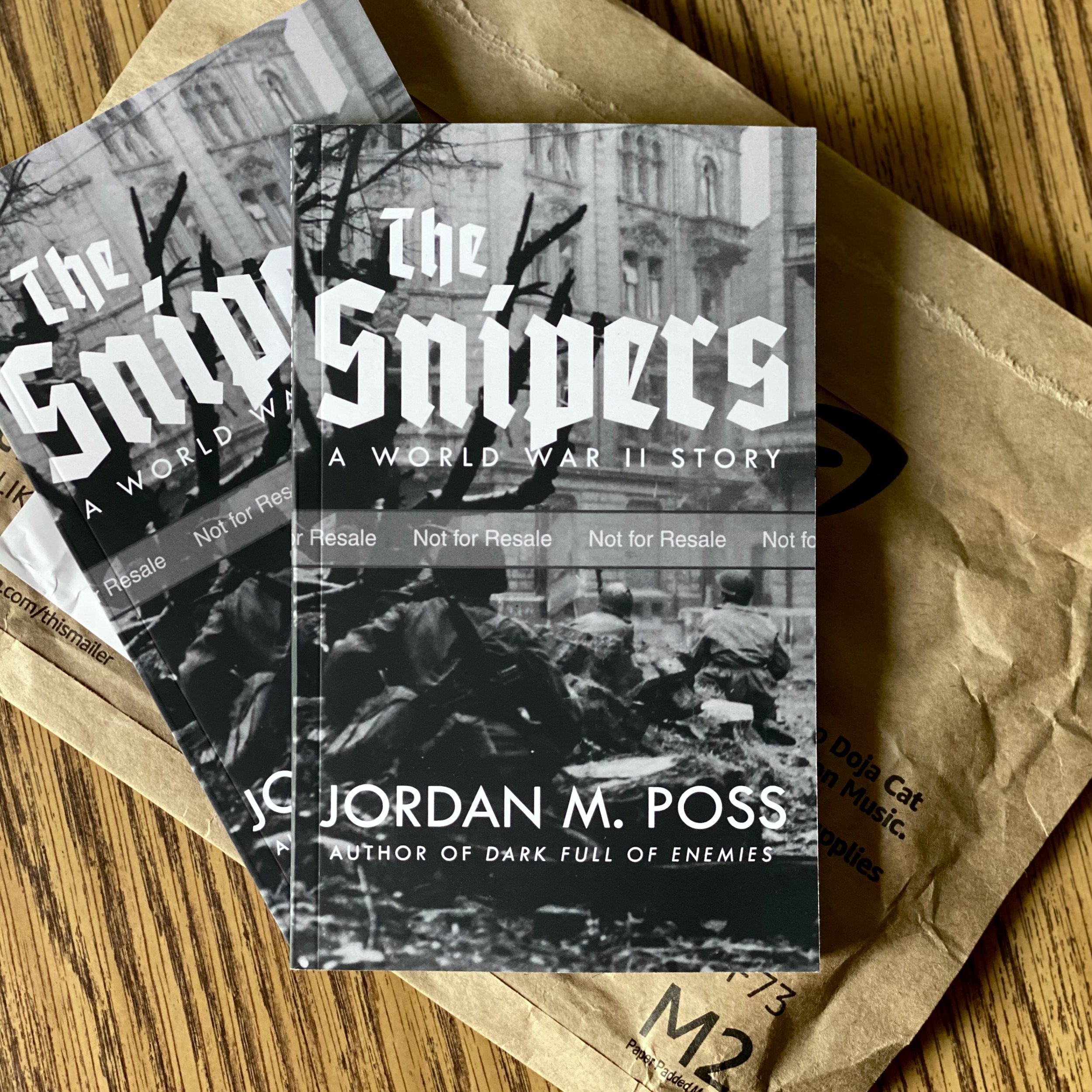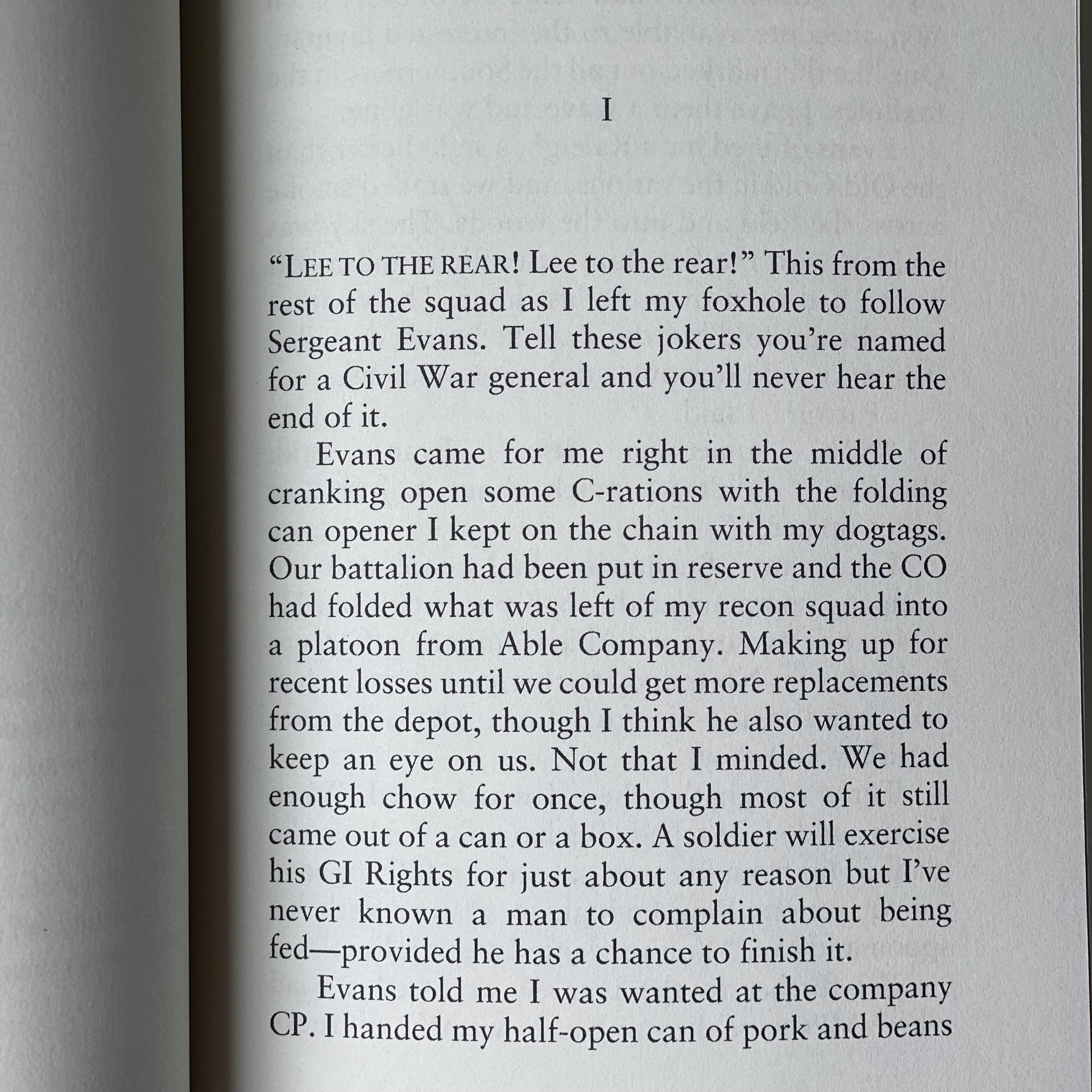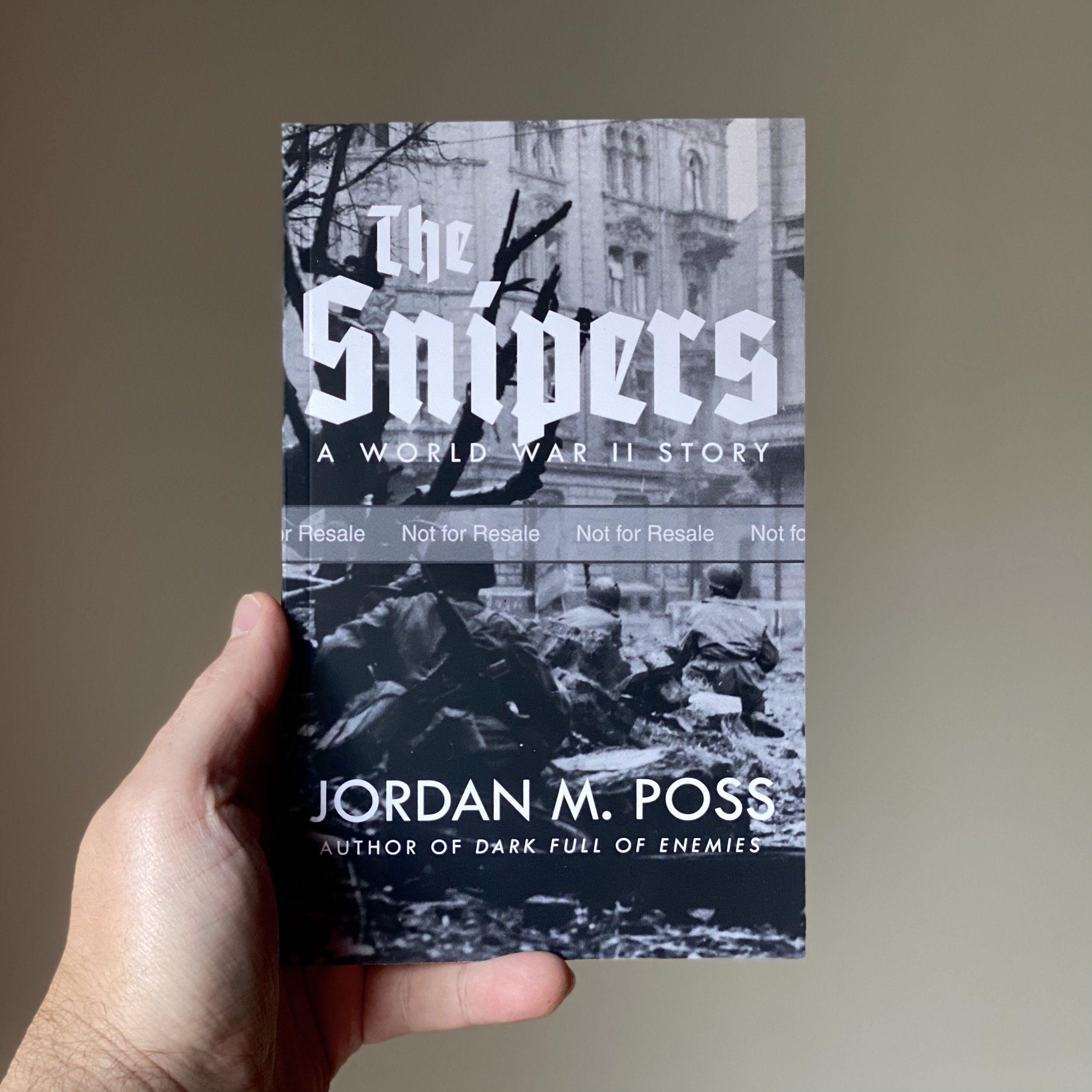Mr Standfast
/John Buchan June continues today with the third Richard Hannay novel, the conclusion to an informal trilogy concerning Hannay and the Great War. The Thirty-Nine Steps detailed Hannay’s accidental discovery of a German plot to start a war and defeat England. Greenmantle followed him across Europe and beyond as he uncovered a new German plot to foment religious upheaval in the Middle East. And this novel, Mr Standfast, traces his total commitment to the war—on both the Western Front and the home front.
Mr Standfast begins with Hannay, now Brigadier General Hannay, recalled from the trenches for a special assignment by his old spy chief Sir Walter Bullivant. Bullivant tasks Hannay with infiltrating a genteel manor house in the Cotswolds frequented by upper crust pacifists, antiwar activists, leftwing literary snobs, and, just possibly, German spies. In order to do this, Hannay must playact again. If you’ve read The Thirty-Nine Steps and Greenmantle you’ll know that this comes naturally enough to Hannay, but here he meets a serious challenge—he must pretend to be a pacifist.
Despite his revulsion at acting such a dishonorable part and his embarrassment at being perceived as a conscientious objector, Hannay successfully ingratiates himself into the community. In doing so, he meets two crucial characters: Launcelot Wake, a real conscientious objector whom Hannay suspects of treason, and Mary Lamington, a beautiful nurse whom Hannay finds himself falling in love with, and who also turns out to be his handler.
Hannay, on Bullivant’s orders as relayed by Mary, infiltrates another group of pacifists and meets Moxon Ivery, a leading voice of the British antiwar movement. He also meets an old friend, the American John S Blenkiron, who is undercover as a rabble-rousing dove. Blenkiron suspects that Ivery is the German agent they’ve been looking for, “the cleverest devil” and “the most dangerous man in all the world.” The task now is to prove it, stop him, and use his connections to feed disinformation to the Germans.
Hannay’s investigation takes him all over Britain, establishing contacts in Glasgow, pursuing his quarry to the Isle of Skye, fleeing authorities who are convinced he is a criminal, losing his pursuers in the midst of a mock battle staged for a propaganda film, and surviving a Zeppelin raid on London. It is while stalking Ivery during this raid that Ivery lets his guard down and Hannay recognizes him as the German agent who nearly killed him in The Thirty-Nine Steps. He also learns that Ivery has proposed to Mary.
From here Hannay returns to the front but keeps abreast of the situation at home as much as he is able, gathering intelligence from intercepted German newspapers and tracking clues about Ivery’s network near the front. Aided by Mary; by friends like Geordie Hamilton, his Scots batman; Sir Archie Roylance, the young pilot who had flown him out of trouble in Scotland; and by Launcelot Wake himself, who was inspired by Hannay to take a noncombatant role as a laborer on the front, Hannay uncovers more of Ivery’s activities and is enlisted by Blenkiron in a scheme to capture him.
The plan takes Hannay to Switzerland, where he is reunited with his old South African friend Peter Pienaar, now a former pilot who was shot down, severely wounded, imprisoned by the Germans, and released to neutral territory because of his disability. Peter is pleased to see Hannay but bridles at inactivity. As it turns out, that inactivity will not last long.
After the twists and reversals of the Switzerland plot, the climactic action of the novel takes place on the Western Front. Hannay, returned to regular duty and promoted to Major General, uses the intelligence gathered from disrupting Ivery’s spy ring to prepare for the massive German attacks of the spring of 1918. The German offensive tests Hannay’s division—and the entire British and French coalition—and nearly succeeds, but the Allies hold out and all of Ivery’s efforts on behalf of the Germans fail thanks not only to good intelligence but to the heroic self-sacrifice of two brave men.
Mr Standfast is difficult to summarize, and I hope you’ll read it knowing that what I’ve written above contains as few spoilers as possible, with a lot of twists and surprises concealed and a whole lot more simply left out. It is the only Buchan novel I’ve read that I would call “sprawling.” It is also the only one that I’ve struggled to finish.
After Buchan successfully scaled the thrills of The Thirty-Nine Steps up for Greenmantle I looked forward to the even more sweeping Mr Standfast, but to my surprise I found it overburdened, awkwardly paced, with a plot that was difficult to track, and with many secondary characters—such as Ivery’s henchmen—who were underdeveloped and difficult to distinguish. I found this surprising because a deft stylistic touch, distinct and memorable characters, brisk pacing no matter how complicated the plot, and a well-developed and intuitive story are all among Buchan’s greatest strengths as a writer.
I think this novel simply tries to do too much. At 128,000 words, Mr Standfast is more than three times the length of the Hannay’s first tight, spare adventure. Buchan also wrote Mr Standfast over the course of a whole year, from July 1917 to July 1918, an unusually long time for him. The finished book, as biographer Andrew Lownie notes, “shows signs of being written over a long period,” introducing and dropping characters and subplots haphazardly and being extremely episodic, though without the breakneck pace and clear goals that unified the first two Hannay novels, keeping them moving and easy to follow.
That’s what I found unsatisfying in Mr Standfast. But the novel is not without strengths.
First, though constructed of numerous small episodes that never quite cohere into a well-paced plot, many of those episodes are small masterpieces of thriller writing. Hannay’s pursuit of a spy up a rock chimney and his subsequent fight with a dark figure in a cave on the Isle of Skye, his flight from the authorities in Sir Archie’s unreliable plane, his exploration of a creepy abandoned French chateau by night, his dangerous mountaineering shortcut through the Italian Alps with Wake, his capture by the enemy at a crucial moment—all of these are exciting and expertly constructed.
Second, Mr Standfast brings back several good characters from previous Hannay adventures, most notably Peter Pienaar and Blenkiron, and introduces others like the brave and resourceful Mary. Mr Standfast also features the first appearance of another important figure from the Buchan canon: Sir Archie Roylance. Sir Archie is, by some counts, Buchan’s most commonly recurring character, and its easy to see why. From his first appearance through his roles in Huntingtower and John Macnab he is a charming, disarming, but capable figure with some unusual skills and no lack of guts. I look forward to rereading all of these in publication order someday and charting Sir Archie’s growth from novel to novel.
Third, despite its plot and pacing problems Mr Standfast is deeper and thematically richer than the standard espionage thriller. I’ll consider why in more detail below, but part of it comes down to Pilgrim’s Progress, one of Buchan’s favorite books and an anchor in the swirling plot of this novel. Hannay and Mary use Pilgrim’s Progress to pass coded messages, and Peter Pienaar reads it while recuperating in a German POW camp. Hannay sees himself as the beleaguered traveler Christian, and Peter Pienaar determines to take action against the enemy regardless of his injuries thanks to the example of Mr Standfast, who lends his name to Buchan’s story. Buchan invokes it in ways both bold and subtle, giving the action greater meaning and resonance as a result.
Last, and perhaps most importantly, this novel has the strongest pathos of any of the Hannay adventures so far. The war is not only the single unifying feature of the plot but a predominating fact looming over every action Hannay takes. The passages in which Hannay rejoins his unit at the front are among the strongest in the book, but even on the Isle of Skye or among the labor activists in Glasgow Hannay is keenly aware that enormous loss of life results from every victory of Ivery and his spies. If The Thirty-Nine Steps was the story of one man on the run and Greenmantle the story of a team working to prevent chaos in one region, Mr Standfast is continental in scope—the story of whole civilizations in a death struggle. Even when the plot meanders, the stakes are clear.
Partly this is born of Buchan’s own experiences. Though too old and ill to serve at the front line, he was active throughout the war, writing an ongoing history of the conflict that reached 24 volumes and serving at various times on the staff of General Haig, in military intelligence, and finally in the Ministry of Information, a dedicated propaganda department formed near the end of the war. And like many others in Britain, he lost people. Perhaps the greatest blow fell on April 9, 1917, the first day of the Battle of Arras, when both his brother Alastair and his old friend and publisher Tommy Nelson were killed. He began writing this novel just a few months later.
But Mr Standfast’s pathos also stems from Buchan’s deep capacity for sympathy. I’ve written about this before in the dramatically different context of colonial South Africa, but Buchan’s ability and willingness to see the other side and to understand even those he disagrees with is a strength of all of his fiction. In Mr Standfast alone Buchan gives us moving, sympathetic vignettes not only of the civilians of wartorn France, the common soldier in the trenches or recovering in hospital, and the patriotic desk jockey, but of people quite unlike himself.
“Rather than indulge in the crude jingoism with which Buchan is often tarred,” Lownie writes, “he in fact tried . . . to present various views of the conflict. . . . [D]espite his own commitment to Allied victory, his sympathies were rather wider than might be assumed.” Buchan includes what must be one of the first fictional descriptions of a man suffering shell shock—at a time when many on the home front were inclined to think of it as malingering or simple cowardice—and one of the surprise heroes of his story is the conscientious objector Launcelot Wake. Though Hannay despises the fashionable pacifists who lend aid to the enemy by undermining the war effort and deriding the British army, he recognizes and comes to respect Wake’s good-faith position. Over the course of the novel Wake demonstrates not only moral courage in an unpopular cause but physical courage as a messenger on the front. As in so many of Buchan’s stories, two dissimilar men learn from and better each other.
None of these strengths quite overcomes the disjointed plot, the uneven pacing, or the contrivances of Hannay’s espionage work, but they deepen Mr Standfast and give it an emotional power beyond what you might expect if you only know Buchan as an adventure novelist. As flawed as I found Mr Standfast, I intend to reread it. I may have missed something. And perhaps, like others among my favorite novels, it will reveal more of itself to me.



























